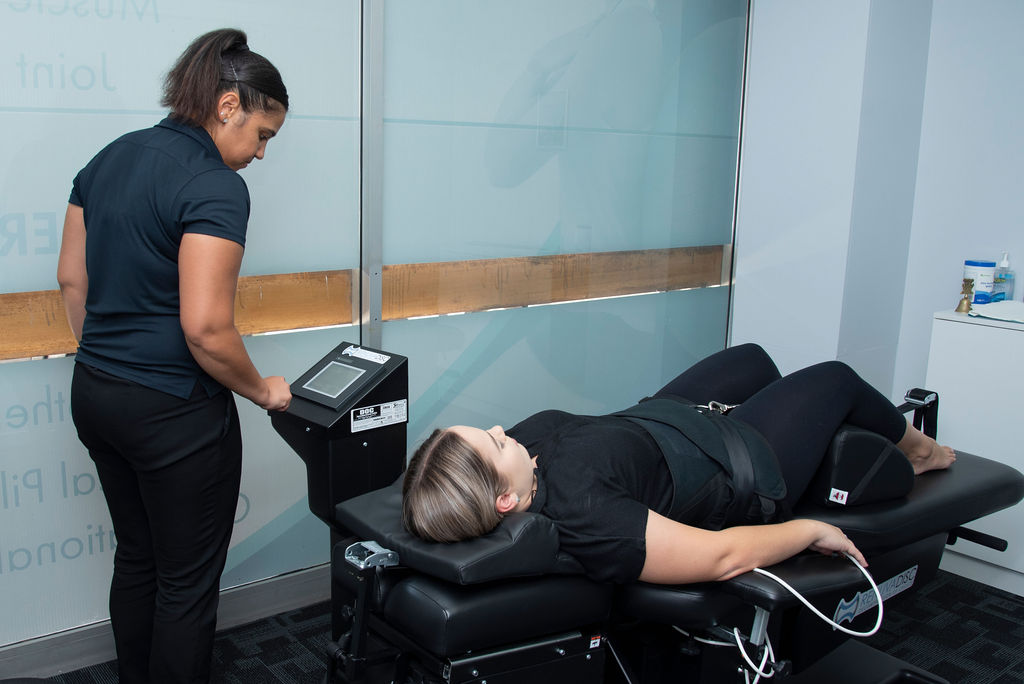

What is Elbow pain?
Elbow pain is discomfort or pain felt in or around the elbow joint, which is a complex joint made of bones, cartilage, ligaments and tendons that connects the upper arm bone to the bones in the forearm. It can be caused by various conditions such as overuse injuries, acute injuries, arthritis and nerve disorders, and have symptoms such as stiffness, soreness, weakness, tingling or numbness in the hand or arm and a popping or cracking sensation in the joint. A proper medical diagnosis is required to identify the cause and recommend appropriate treatment.

Common symptoms of Elbow Pain
- Stiffness and soreness in the joint
- Weakness or a decreased ability to grip or lift objects
- Tingling or numbness in the hand or arm
- A popping or cracking sensation in the joint
- Pain that may radiate up into the upper arm or forearm
- Swelling or redness around the joint
- Limited range of motion in the elbow
- Pain that worsens with certain movements or activities
- Weakness or muscle wasting in the hand or forearm
- Elbow joint instability or pain while bearing weight on the affected arm.
Causes of Elbow Pain
There are many possible causes of elbow pain, some of the common causes are:
- Overuse injuries: Repetitive movements such as throwing a ball, typing on a computer, or using hand tools can strain the muscles and tendons in the elbow, leading to conditions such as tennis elbow or golfer’s elbow.
- Acute injuries: Trauma or a sudden impact to the elbow can result in injuries such as fractures, dislocations, or sprains.
- Arthritis: The cartilage that cushions the elbow joint can wear away over time, leading to inflammation and pain.
- Bursitis: Bursae are fluid-filled sacs that cushion and protect the joints. Bursitis is an inflammation of one of these sacs that can cause pain and stiffness in the elbow.
- Tendinitis: Tendons are fibrous cords that connect muscle to bone. Tendinitis is an inflammation of a tendon that can cause pain and weakness in the elbow.
- Nerve disorders: Elbow pain may also be caused by a pinched nerve or a condition such as cubital tunnel syndrome, which can cause tingling or numbness in the hand.
- Other conditions: Osteoarthritis, Rheumatoid Arthritis, Gout, Tennis Elbow, Golfer’s elbow, Elbow joint Instability, Osteochondritis, Fracture, and others are also possible causes of elbow pain.
How is Elbow Pain assessed by a Physiotherapist?
When assessing elbow pain, a physiotherapist will typically conduct a thorough examination to evaluate the range of motion, strength, and function of the joint. The physiotherapist may also ask about the patient’s medical history, including any previous injuries or underlying medical conditions that may be contributing to the pain. The following are some of the methods that a physiotherapist may use to assess elbow pain:
- Inspection: The physiotherapist will visually inspect the elbow for signs of swelling, redness, or deformity.
- Palpation: The physiotherapist will use their hands to gently press on different areas around the elbow joint to identify any tenderness or pain.
- Range of Motion: The physiotherapist will test the patient’s ability to move the joint through its full range of motion, including flexion, extension, pronation, and supination.
- Strength Testing: The physiotherapist will test the strength of the muscles that move the elbow, as well as the muscles in the hand and forearm.
- Special tests: Depending on the suspected cause of the elbow pain, the physiotherapist may use specific tests to evaluate the elbow, such as the epicondylitis test, the cubital tunnel test, or the valgus stress test.
- Evaluation of Nerve Tissue: Depending on the suspected cause of the elbow pain, the physiotherapist will evaluate the condition of the nerve tissue and its mobility.
An overall evaluation of posture, gait, and movement patterns will be carried out to rule out any contributing factors.
The information collected during the assessment will be used to create a diagnosis and treatment plan that is tailored to the individual’s needs. The physiotherapist may also refer the patient to other healthcare professionals such as an orthopedic doctor, rheumatologist, or occupational therapist as needed.
Treatment for Elbow Pain
The treatment for elbow pain will depend on the underlying cause of the pain and the severity of the symptoms. A physiotherapist will work with the patient to create a treatment plan that addresses the specific needs and goals of the individual. Some common treatments for elbow pain include:
- Physical Therapy: A physiotherapist may use a variety of techniques to reduce pain and inflammation, improve range of motion and strength, and promote healing. These may include exercises to stretch and strengthen the muscles, manual therapy techniques to release tightness and improve mobility, ultrasound therapy, and electrical stimulation.
- Ice and heat therapy: Applying ice or heat to the affected area can help reduce pain and inflammation.
- Medications: Non-steroidal anti-inflammatory drugs (NSAIDs) such as ibuprofen can be used to reduce pain and inflammation.
- Strapping or bracing: A physiotherapist may recommend the use of a brace or strap to help support the joint and reduce stress on the tendons and muscles.
- Taping : The physiotherapist may apply kinesiology tape to the affected area to reduce pain and inflammation, help stabilize the joint, and support muscle function.
- Splinting: If there is a nerve condition, splinting may be used to prevent the compression of the nerve.
- Surgery: If other treatments are not effective, surgery may be considered as a last resort for conditions such as fractures, severe arthritis, or nerve compressions.
- Modification of daily activities: The physiotherapist may recommend changes to the patient’s work or leisure activities to reduce stress on the elbow and promote healing.
- Patient education: The physiotherapist will provide the patient with information on the condition, and provide tips on how to take care of their elbow, and prevent future recurrence.
It’s important to note that treatment options may vary depending on the underlying cause of the elbow pain, and the goals and preferences of the patient. A physiotherapist will work with the patient to create a treatment plan that is tailored to the individual’s needs and goals.
Dangers if left untreated
If elbow pain is left untreated, it can lead to a number of negative consequences. The specific dangers will depend on the underlying cause of the pain, but some general risks include:
- Chronic pain: If the underlying cause of the elbow pain is not addressed, the pain may become chronic and can affect the quality of life.
- Loss of function: As the pain persists, patients may experience a decrease in their ability to use the affected arm, resulting in a loss of range of motion, grip strength, and muscle mass.
- Increased risk of injury: When the joint is weakened by chronic pain, the patient may be at a greater risk of further injury or trauma to the elbow.
- Compensatory pain: Chronic elbow pain can cause a chain reaction of pain in other joints and muscles as the body compensates for the limitation of motion in the elbow.
- Reduced participation in daily activities and work: Chronic elbow pain can make it difficult for a person to perform their daily activities or work, leading to reduced productivity and a decrease in overall quality of life.
- Psychological impact: Persistent pain can lead to depression, anxiety, and stress.
- Loss of sleep: Chronic pain may also cause difficulty in sleeping and disrupt normal sleep patterns.
It’s important to seek medical attention as soon as possible if you are experiencing elbow pain, to prevent the condition from worsening and to avoid these potential complications. A proper medical examination and physiotherapy treatment can help to reduce pain and inflammation, improve range of motion, and help restore function to the elbow.
Find your nearest clinic
With 18 clinics nationwide and many more on the way, there's bound to be one near you
Discover our locations